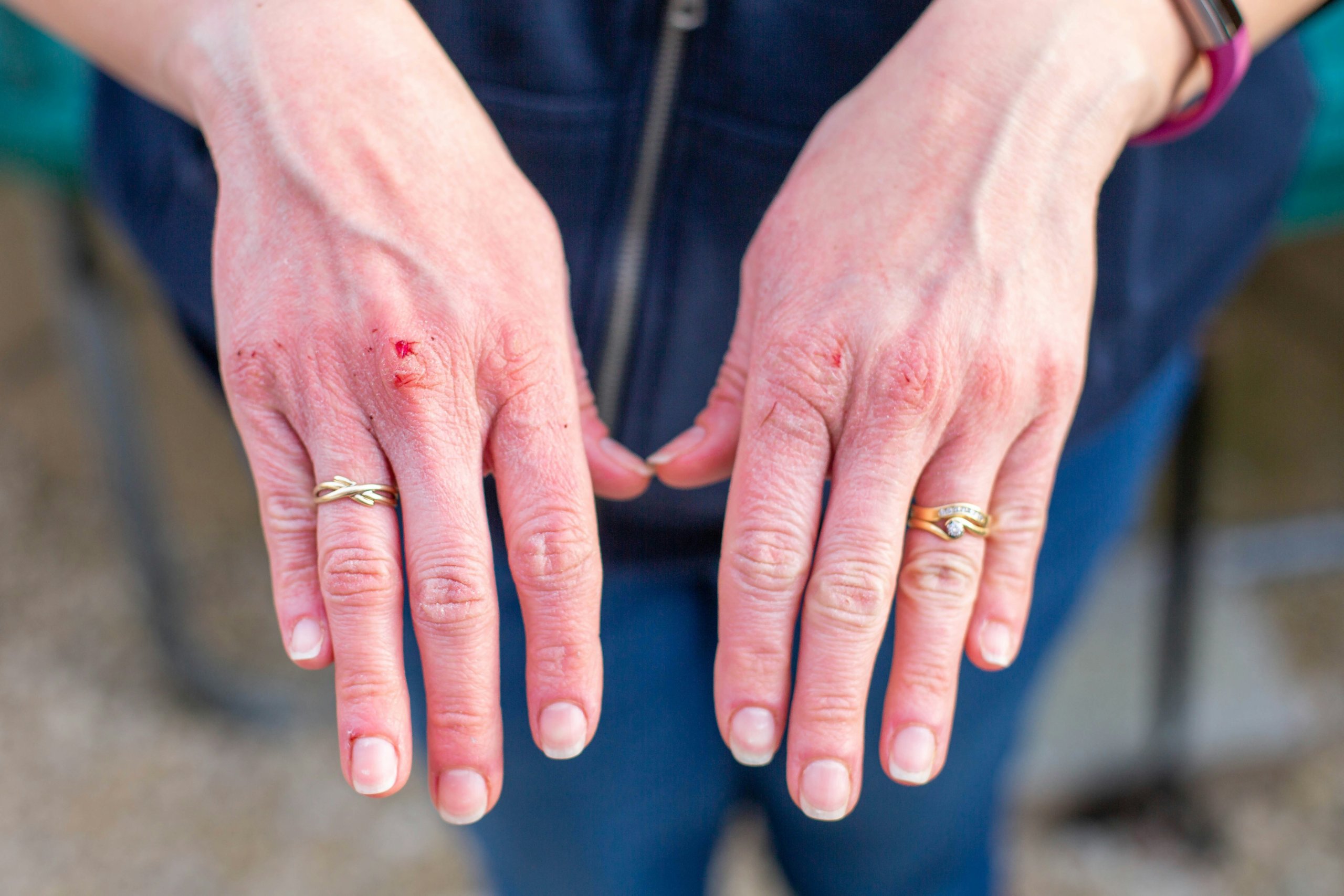Glochid Dermatitis
If you’ve ever brushed up against a prickly pear cactus, you might have felt itchy or noticed tiny spines stuck in your skin. Glochid dermatitis is a skin reaction caused by small, hair-like cactus spines called glochids. These spines are hard to see and even harder to remove, making the rash very uncomfortable.
You can get glochid dermatitis from outdoor activities, picking cactus fruit, or even from houseplants. Symptoms usually include itching, redness, and small bumps that can last for days if the glochids remain in your skin. Knowing how to spot and treat this condition is important for anyone who spends time around cacti.
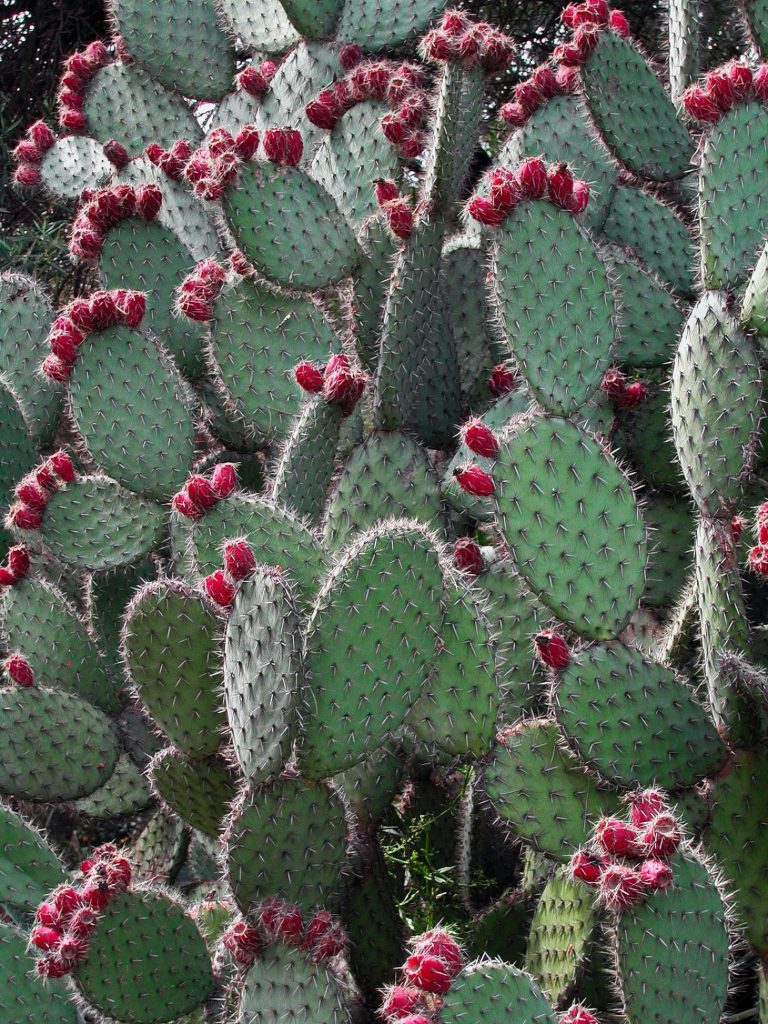
Key Takeaways
- Glochid dermatitis is a skin problem caused by tiny cactus spines.
- Symptoms include itching, irritation, and visible bumps.
- Prevention and quick treatment can help reduce discomfort.
Understanding Glochid Dermatitis
Glochid dermatitis is a skin reaction caused by contact with tiny cactus spines. These spines can provoke itching, rashes, and in some cases, blisters or more severe irritation.
Definition and Overview
Glochid dermatitis happens when fine, barbed hairs called glochids from cacti become embedded in your skin. Glochids detach easily from the plant, making accidental contact common. Unlike large cactus spines, glochids are hard to see and are often left behind once the plant is brushed against.
After contact, skin may feel stinging, burning, or itching. In some cases, red bumps or blisters develop. Glochids can be difficult to remove because they are so small and can break off under the skin’s surface.
Causes and Risk Factors
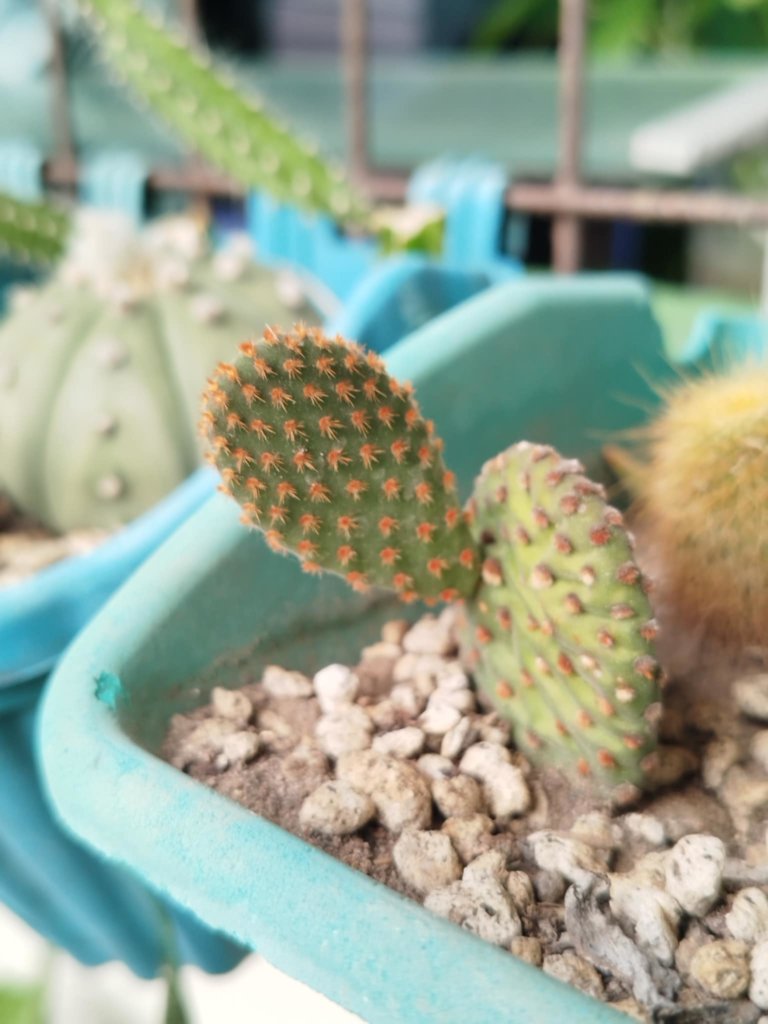
The most common cause is touching or handling certain types of cacti, including Opuntia species, also called prickly pear. In these plants, glochids are found around the areoles, which are the small, cushion-like spots where spines grow. Even a slight brush can transfer many glochids to your skin.
You are at higher risk if you work with cacti or live in dry regions where these plants grow. Cactus fruit picking and gardening with succulents can also increase your chances of getting glochid dermatitis. Wearing gloves and protective clothing can help, but because glochids are so small, they may still get through thin fabric.
Prevalence and Affected Populations
Glochid dermatitis most often affects people who work with prickly pear or other cacti. This includes farm workers, gardeners, and outdoor enthusiasts in deserts or regions where cacti are common. People picking cactus fruit sometimes develop an occupational condition called Sabra dermatitis.
Children can also be affected if they play near or with cacti. Cases have been reported worldwide, but they are more frequent in places where cacti naturally grow or are used in landscaping. Anyone who handles cacti has a chance of developing glochid dermatitis.
Symptoms and Clinical Presentation

Glochid dermatitis often develops soon after contact with cactus glochids. This condition shows up mainly as skin irritation, ranging from mild itching to more intense reactions.
Common Signs of Glochid Dermatitis
You may notice redness and swelling at the spot where the glochids touched your skin. Itching and a burning feeling are common and can start within minutes. Tiny, raised bumps called papules may appear, and sometimes you will see small blisters or vesicles, especially if the reaction is severe.
Symptoms usually stay near where the glochids entered your skin. Sometimes, you can even see the small spines embedded in the skin, especially if you look closely. The area may be sore to the touch, and scratching can make the discomfort worse.
In most people, these symptoms last a few days and slowly improve as the skin heals. Keeping the area clean and avoiding further contact can help reduce the reaction and speed up healing.
Complications and Secondary Infections
If glochids are not fully removed, they can remain in the skin and lead to further problems. Scratching or trying to remove the tiny spines with dirty hands can break the skin and make it easier for bacteria to enter.
Symptoms of a secondary infection include increased pain, swelling, redness that spreads, pus, or warmth at the affected site. These changes may mean you need medical attention. In rare cases, infection can spread to deeper tissues and require antibiotics.
People with weaker immune systems or those who keep getting exposed may face higher risks of infection. Using clean tweezers or adhesive tape to gently remove visible glochids and washing the area can help prevent complications.
Severity Spectrum
Glochid dermatitis can be mild or more severe, depending on how many glochids are involved, how sensitive your skin is, and how quickly you remove the spines. The mildest cases may cause just a brief period of itching and redness.
More severe reactions may involve blisters, severe swelling, or even open sores if the skin is damaged. Some people develop allergic reactions after more than one exposure, leading to increased redness, blistering, or even ulcers in rare cases.
Each person’s reaction may be different. Most cases do not cause lasting damage, but untreated severe forms can lead to further skin breakdown and scars, especially if there is a delay in removing the glochids. Prompt care makes severe problems less likely.
Diagnosis and Identification
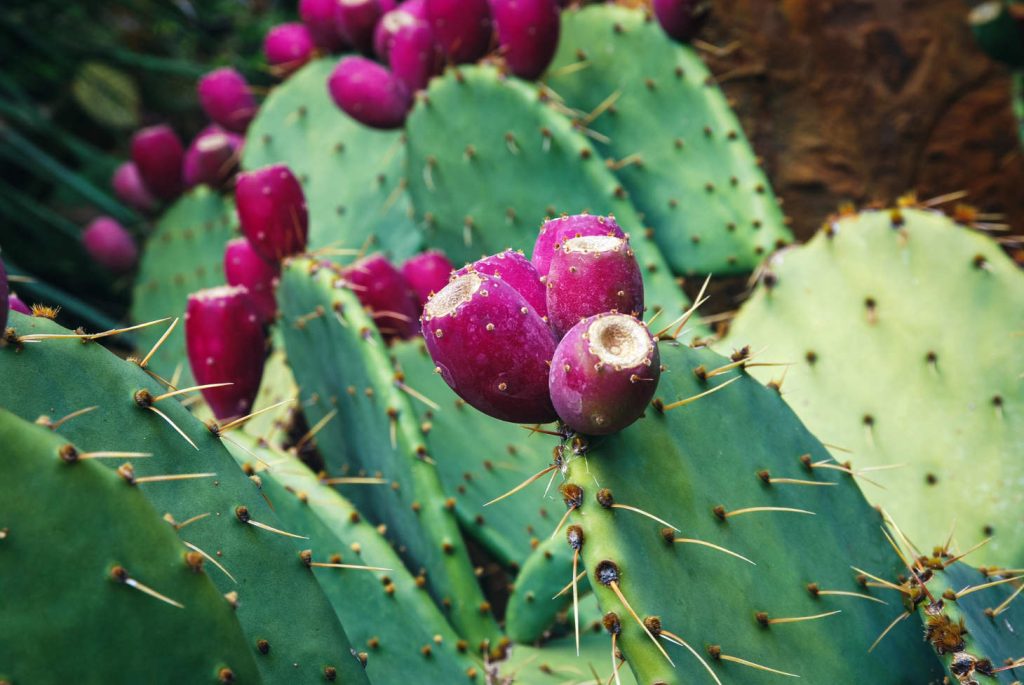
Glochid dermatitis is recognized by its unique triggers and symptoms, which often follow direct contact with prickly pear cacti. Understanding how to spot the signs and distinguish them from other skin problems is important for fast and accurate care.
Clinical Evaluation
You may notice itching, redness, and small, raised bumps or blisters after encountering a cactus, especially the prickly pear. The affected skin can feel irritated, and in some cases, the itching becomes intense. Look for clusters of tiny, hair-like spines (glochids) that may be barely visible.
These spines can often break off and stay in the skin, leading to continued irritation. Unlike bigger cactus spines, glochids are fine and may require close inspection. Typical locations include the hands, arms, or any exposed skin that touched the plant.
Differential Diagnosis
Glochid dermatitis can sometimes be confused with other skin conditions. Common possibilities include:
- Scabies: Causes intense itching, especially at night, but usually shows burrows and affects different body areas.
- Contact dermatitis from other plants: May look similar but lacks the history of cactus contact or embedded spines.
- Insect bites: Usually form isolated bumps rather than clusters and do not involve plant spines.
Getting a clear account of your recent activities, especially gardening or contact with cacti, helps make the diagnosis. Noticing multiple family members with similar symptoms after similar contact raises the suspicion for glochid dermatitis.
Diagnostic Tools and Methods
A thorough physical exam is the main way to diagnose glochid dermatitis. Your healthcare provider may use a magnifying glass or dermatoscope to check for embedded glochids, since they are often not visible to the naked eye.
If the spines cannot be seen but symptoms point to cactus exposure, small skin scrapings or tape strips may help collect and identify the glochids under a microscope. Direct questioning about recent exposure to prickly pear cacti or similar plants is also very valuable.
Prevention and Management
Glochid dermatitis can be painful and bothersome, but there are practical steps you can take for relief and to prevent further problems. Knowing what to do right away and how to avoid contact is important.
Immediate First Aid
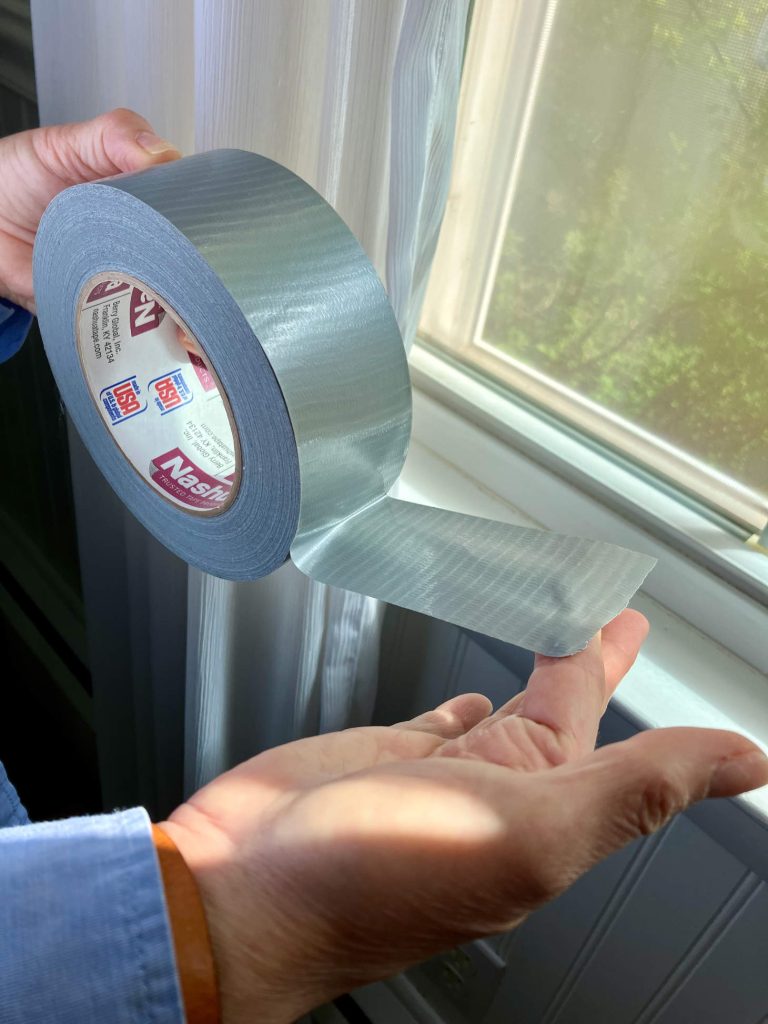
If glochids enter your skin, act quickly. Begin by rinsing the area with water to remove loose spines. Avoid rubbing, which can push the glochids in deeper.
For smaller patches, adhesive tape like duct tape or medical tape can help. Press the tape on the skin, then lift gently. Repeat with fresh pieces. For larger areas, use warm wax or glue (like Elmer’s), let it dry, and peel it off, pulling the tiny barbs out with it.
Wash your hands well after removal. Using tweezers can help take out any spines that are still visible. Try not to scratch or pick at the skin, as this increases irritation and may lead to infection.
Medical Treatment Options
Sometimes, homemade removal methods are not enough. If you develop a rash, redness, swelling, or blisters after removing glochids, you may need further care.
A mild topical steroid cream can reduce itching and swelling. Over-the-counter hydrocortisone is a common option. For more severe symptoms, a doctor might prescribe a stronger cream or suggest an oral antihistamine.
If parts of the glochid remain in your skin and cause pain or infection, a doctor might use sterile tweezers or a needle for removal. Watch for signs of infection such as pus, warmth, spreading redness, or fever, and seek medical help if any of these appear.
Long-Term Care and Recovery
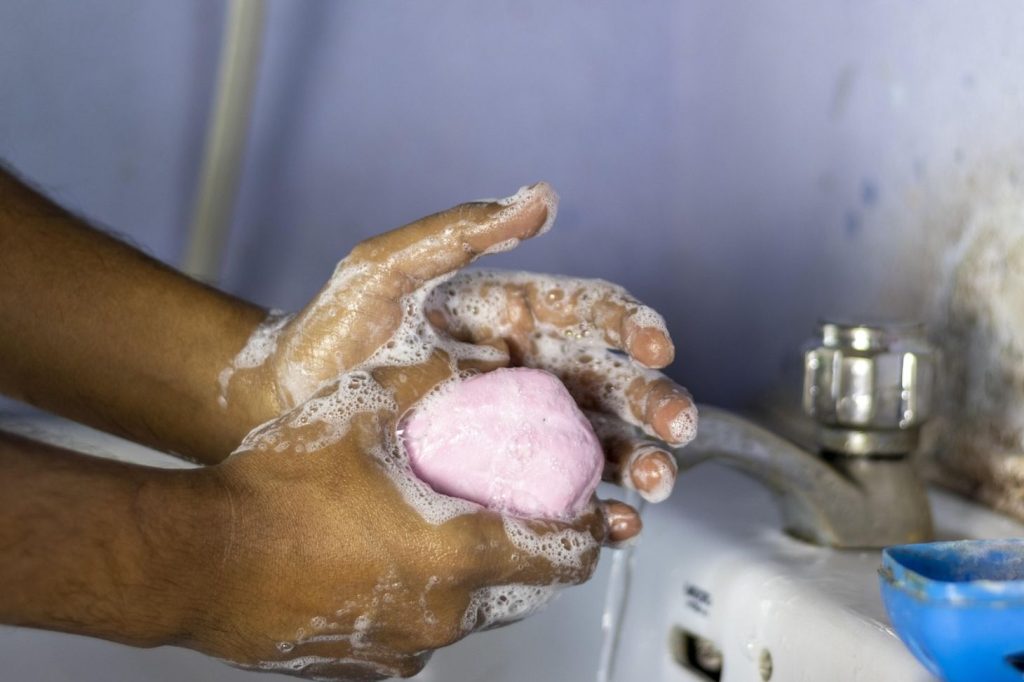
After the initial sting and removal, your skin may stay irritated for a few days. Keeping the area clean with gentle soap and water can lower the risk of infection. Apply a fragrance-free, gentle moisturizer to help reduce dryness or flaking.
If you scratch and break the skin, keep the area covered with a clean bandage. Avoid using harsh chemicals or scented products, as these can make irritation worse.
Most cases will heal in about one to two weeks. If the area remains sore, red, or swollen after that, contact a healthcare provider to prevent serious problems.
Strategies for Prevention
Wearing proper gear is the best way to avoid glochid dermatitis. Protect yourself by using:
- Thick gardening gloves
- Long sleeves and pants
- Eye protection if working with pruning tools
Be careful when handling cacti, especially those with hair-like spines. Use tongs or tools rather than your hands whenever possible.
After handling cacti, change and wash your clothes to remove any loose glochids. Check your skin for spines if you work in areas with prickly pear or similar cacti.
If you are prone to skin reactions, consider adding a barrier cream to exposed areas before gardening. This extra precaution can help reduce the risk of skin problems.
Frequently Asked Questions
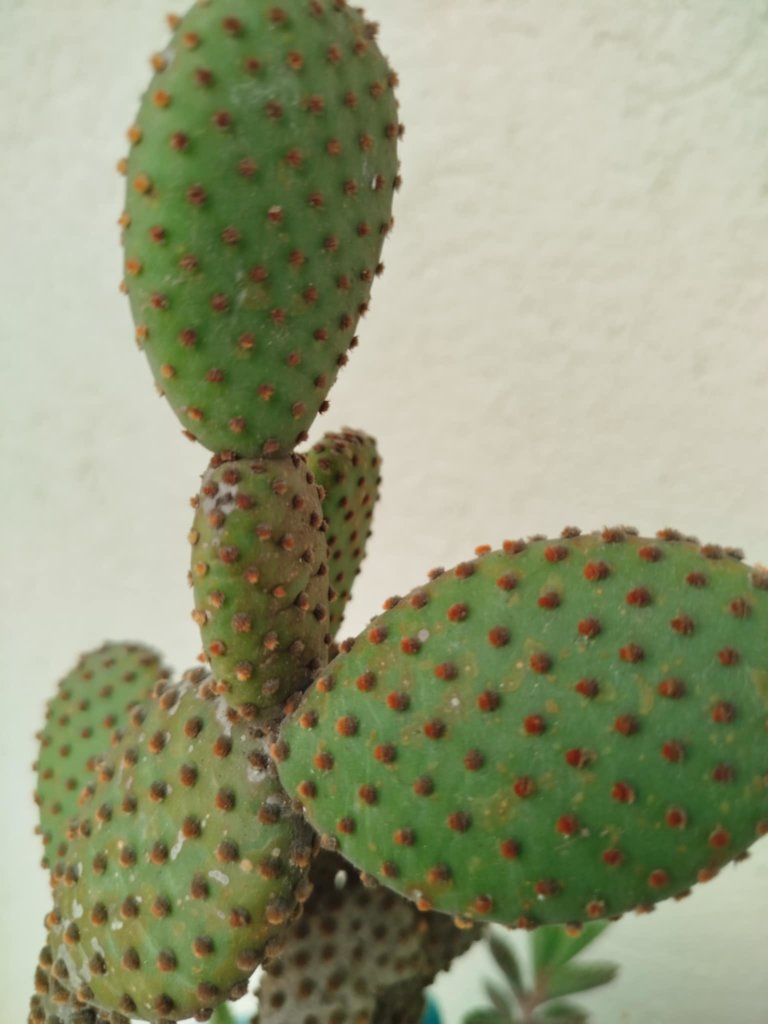
Cactus dermatitis, also called glochid dermatitis, happens when tiny spines from a cactus get stuck in your skin. Knowing the signs, ways to remove the spines, and when to get help can prevent further problems.
How can you identify symptoms of cactus dermatitis?
If you have cactus dermatitis, your skin may look red and swollen. You might feel burning, itching, or stinging where the spines went in. Tiny blisters or bumps can also appear at the site of contact.
What are the best treatments for cactus dermatitis?
First, wash the area with soap and water. Use tweezers or sticky tape to carefully remove visible glochids. Applying a cold compress can help reduce swelling and pain. Over-the-counter creams, such as hydrocortisone, may relieve itching.
Are there any long-term effects from cactus spines in the skin?
If glochids stay in your skin, they can cause ongoing irritation or infection. Sometimes, bumps or nodules form around the spines. In most cases, removing the spines prevents long-term issues, but infection is possible if left untreated.
What should you do if you come into contact with glochids?
Remove the glochids as soon as possible using tape, tweezers, or a similar method. Clean the area with soap and water. Watch for signs of infection, such as increased redness, swelling, or pus.
Is it necessary to seek medical attention for cactus spine injuries?
Most cases can be treated at home. If you cannot remove the spines, the rash gets worse, or you see signs of infection, you should contact a doctor. Seek help right away if you have a severe allergic reaction, such as trouble breathing.

